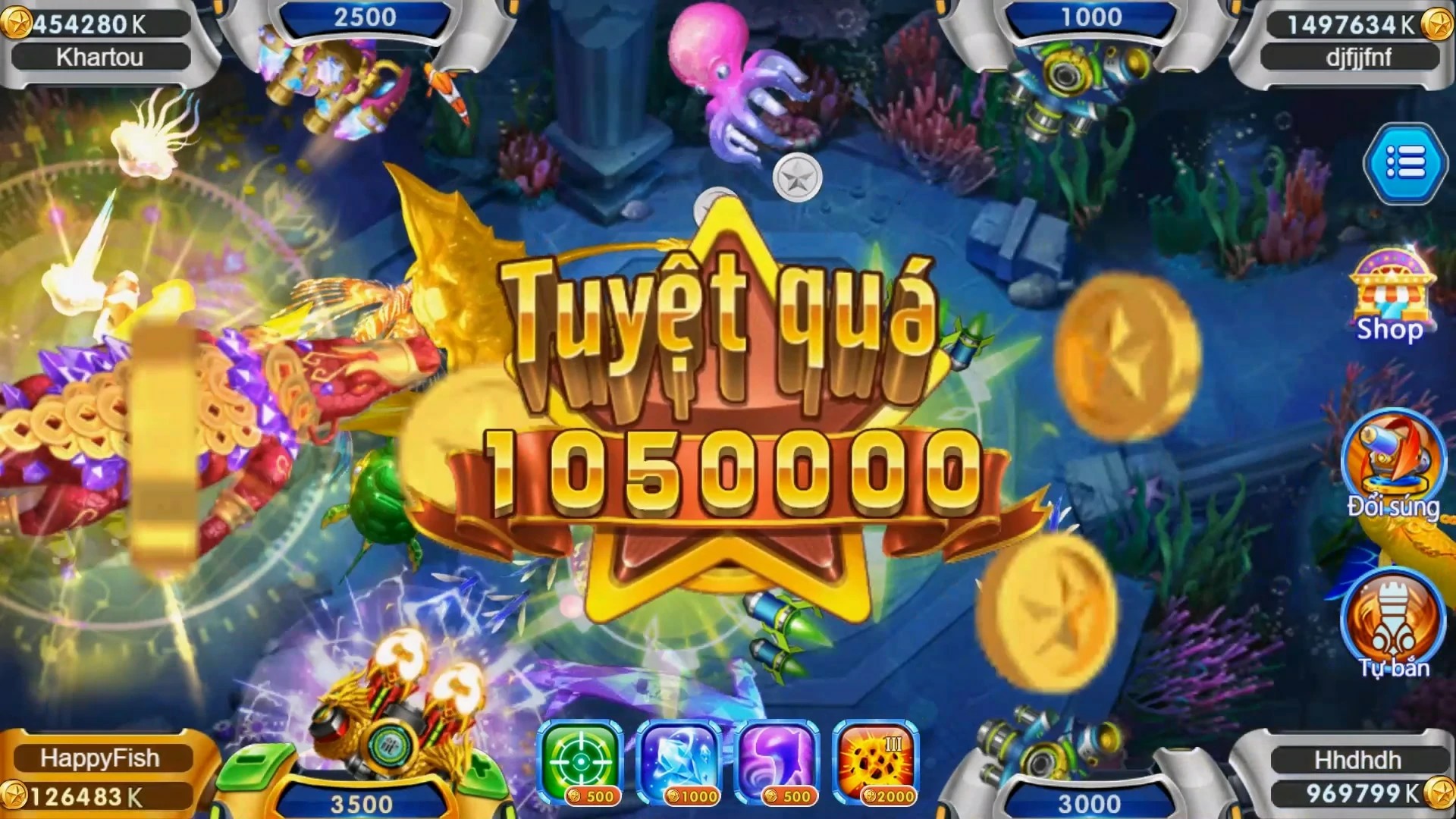Why Hyper Casual Games are Taking the Gaming World by Storm
In recent years, one type of video game genre has gained unprecedented popularity - hyper casual games. This phenomenon is more than just a trend; it’s a revolution in the gaming industry. But what exactly are hyper casual games, and why are they so appealing? Let’s dive into the landscape of gaming and uncover the secrets behind this rising star.
Understanding Hyper Casual Games
Hyper casual games are typically defined by their straightforward mechanisms and accessible gameplay. They often can be played in short bursts, making them perfect for mobile devices. The charm lies in their simplicity; they require little to no prior knowledge or complicated instructions to get started. Popular examples include games like "Helix Jump" and "Color Switch," which took the world by storm due to their addictiveness and minimalistic design.
The Mechanics That Hook Players
But what keeps players engaged in these games? Most hyper casual games employ similar tactics that revolve around:
- Instant Feedback: Players receive immediate responses to their actions, whether they win or lose.
- Easy Controls: Single-touch mechanics allow anyone to play without a steep learning curve.
- Daily Rewards: Players are encouraged to return regularly for in-game currencies and bonuses, enhancing engagement.
Emerging Trends in the Gaming Landscape
The shift towards mobile and casual gaming marks a significant change in how developers approach game design. The rise of hyper casual games has led to increased investments from big players in the industry. More studios are exploring this genre, looking to capture the attention of a diverse audience. Data indicates that these games are increasingly focusing on monetization methods such as in-game ads. However, they must balance this to avoid alienating their user base.
A New Audience: Casual Gamers
Traditionally, the gaming industry has targeted hardcore gamers with complex mechanics and elaborate storylines. However, hyper casual games are designed to attract a wider demographic, including those who might not identify as gamers. This audience includes busy professionals, students looking for a quick distraction, and even older adults who enjoy casual entertainment.
The Role of Social Media and ASMR
Social media platforms have played a pivotal role in the rise of hyper casual games. Engaging video content shared across TikTok, Instagram, and YouTube showcases gameplay and highlights influential trends. Interestingly, some hyper casual games have incorporated ASMR elements, like the intense popularity of ASMR ear cleaning game online, which provides soothing auditory experiences while gamers interact with the content.
Gameplay Variety and Challenges
Despite their simplicity, hyper casual games can still offer diverse experiences. Different types of games include puzzle-solving, obstacle avoidance, and skill-based challenges. It’s crucial for developers to keep adding new levels and challenges to maintain interest. This creates a sense of urgency and excitement among players, driving them to conquer the game further and further.
Monetization Strategies: Balancing Revenue and Player Experience
As developers flock to create hyper casual experiences, understanding monetization becomes essential. Various strategies exist, including:
| Strategy | Description |
|---|---|
| In-Game Advertising | Display ads during gameplay or between levels. |
| In-App Purchases | Selling skins, boosters, or premium levels. |
| Subscription Models | Offering unlimited access to features for a monthly fee. |
Challenges in Development
While hyper casual games seem straightforward, they pose unique development challenges. Developers must ensure their games are addictive yet avoid overwhelming players with ads. Balancing the design to attract players while maintaining consistent engagement is a delicate act. Moreover, creating games that can stand out in an increasingly saturated market requires innovation and creativity.
The Future of Hyper Casual Gaming
It’s no secret that hyper casual games are reshaping the gaming industry. Their ability to attract casual gamers is monumental. As technology progresses, we can expect to see enhanced graphics, improved mechanics, and even tighter integration with social media. Additionally, institutions are exploring more sustainable monetization strategies to maximize returns.
Until Next Time: What Lies Ahead?
With the continual rise of hyper casual games, we’ll inevitably see new titles and developers join this growing market. Game genres that evolve and adapt to players' needs and preferences are likely to thrive. As we move forward, understanding this dynamic will be key for investors, developers, and, most importantly, players.
Conclusion
In conclusion, hyper casual games are more than a fleeting trend; they're a substantial part of the gaming landscape, reshaping how we think about gaming and its audiences. Their focus on simplicity, accessibility, and engagement assures that they will remain a fundamental aspect of both mobile gaming and the broader interactive entertainment landscape. As developers innovate, and engage with audiences, the future of gaming looks bright, particularly with tech advancements like AR or VR on the horizon.



